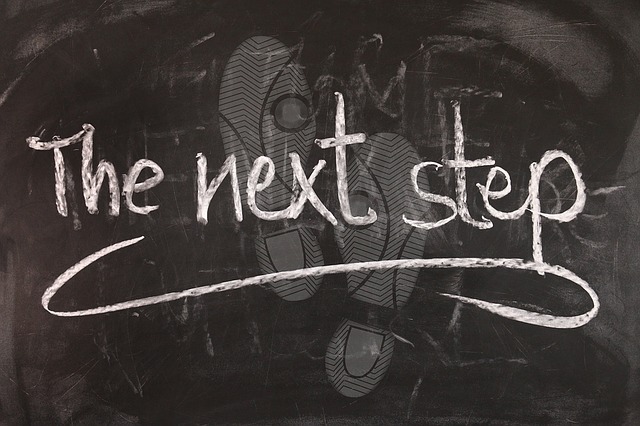The distractions of change are often underestimated when it comes to the impact on employees. The impact of change also has a correlation to the scale of change being experienced by the organization and the employees.
There are many watch outs when it comes to managing the stress level of change in the workplace. The first one starts with how the change is communicated to the organization. The more clarity and transparency around the change event, the more likely the employees will understand what is happening. If employees are presented with a vague description of the change and timeline, there is a higher likelihood that they will speculate and share their perspectives with other employees.
The second watch out is the relationship employees have with their manager, and if they trust their manager to tell them the truth. When engagement surveys are conducted, this is a key question that provides a lot of insight into how management is viewed from the top down. Employees do not have a lot of exposure to senior leaders, so I often see lower scores for senior leaders and higher scores for their immediate supervisor.
When organization changes are announced and managers are impacted, this is another distraction. It can cause distrust and have employees worried about their own job and more changes in the organization. The way you communicate these types of changes and make the transition is another critical milestone.
Keep in mind that any kind of change in the workplace tends to make employees feel less secure. So, getting employee buy-in is a way to lessen the negative impact of change to the business. When people lose control or their routine faces uncertainty, their stress level increases. Workplace stress, if not carefully managed can often result in employees calling off work and taking unexpected leaves of absence, including filing workers compensation claims.
Employee morale can deteriorate during change. When jobs are eliminated, friends and co-workers are impacted, new skills are required, or there are new policies and procedures rolled out, employee engagement drops. This most often results in lower productivity rates from employees. I do not need to tell you that lower productivity impacts business results. Distracted employees may also start rumors based on their speculation of what is really going on. That distraction could also mean higher injury rates.
When an employee has to learn a new job, is faced with learning new technology, or a new reporting method, management should keep in mind that everyone learns at a different pace and in a different way. So, you need to think about how to deploy training using multiple methodologies, including: visual, written instructions, hands-on, or simulated training.
And, finally, there are politics that are played in the organization during times of change. I know it is hard to believe, but there are always people jockeying for positions or trying to be an exception to the new rules. Exceptions to the rules mean you cannot enforce the rules.
A great example of politics in an organization is when a new sales compensation program is rolled out. Sales management may try to make exceptions for special sales reps. I have seen sales managers try to create a separate program for their top sales rep so that the rules do not apply. When a compensation analysis is performed for the sales force, the top selling reps do not always produce the highest margins or margin dollars. So, when it comes to politics, the senior leader needs to be prepared to stand firm and deal with the conflict that is likely to occur.
Employees will search for hope versus chaos during change in the business. Their hope comes in many forms: 1) Surviving the change; 2) Being able to hold up under the stress level; 3) Adapting to the new changes; 4) Mastering new skills; 5) Navigating the politics; or even 6) Finding an exit strategy.

